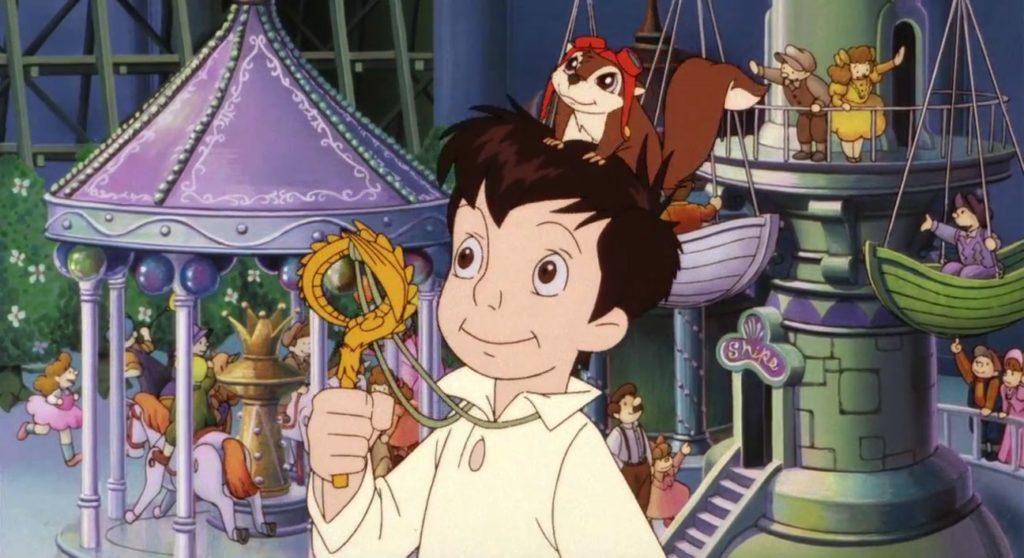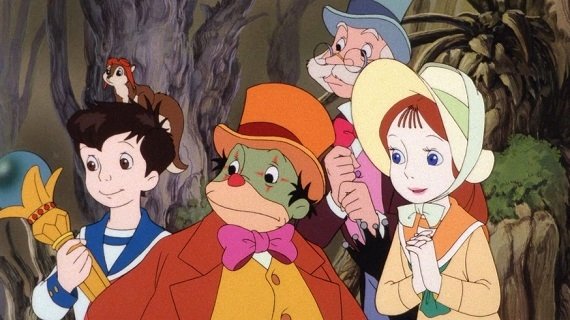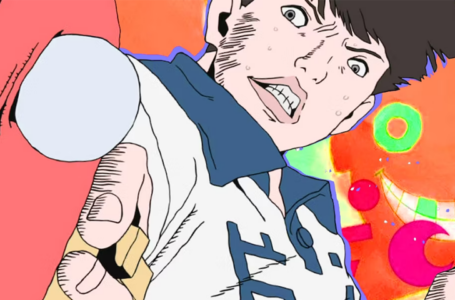Little Nemo: the anime that got me into anime
Reading the illustrious Conor’s article about the anime that got him into anime article last month made me think. As a young boy growing up in the US, my anime options were fairly limited. Other than old Speed Racer reruns that ran late at night, Little Nemo: Adventures in Slumberland was the first anime I saw where I could tell it was different from my usual animated fare.
Even now, nearly thirty years after my parents rented the movie to keep me quiet on a Friday night, this poorly received anime film occupies a special place in my heart. It was flawed and chaotic, with nonsense dialogue and an American edit that fully removed vital scenes to maintain that all-important G rating, but I would argue that there is more good than bad in Little Nemo and it remains worth a watch.
Little Nemo: Adventures in Slumberland

Little Nemo: Adventures in Slumberland is a truly international production. Rather notoriously, it was stuck in development hell for a long time thanks to a revolving door of both Japanese and western big-name filmmakers all being involved in the project at various points — everyone from George Lucas to Hayao Miyazaki had their name attached to Little Nemo at one point or another!
Based on a famous early 20th century comic strip by Winsor McCay, it tells the story of a young boy with the most vivid of imaginations who finds himself transported to Slumberland. There he is tasked with becoming the heir to the throne of Slumberland — and companion to the princess — by a giant Santa Claus-looking king.
Of course, Nemo is a complete idiot, like most young boys are, and he unwittingly lets the Nightmare King into Slumberland. He then teams up with a clown, a professor, the princess, and a group of goblins to save Slumberland from being overwhelmed by nightmares. The plot is tissue-thin, with transitions between scenes being as chaotic as most people’s dreams. The characters have little in the way of depth or surprises, coming from a child’s imagination and all.
In one scene, Nemo and the trouble-making clown Flip are wandering across a courtyard only to fall into a random hole in space and time, slide down the banister of an impossibly long spiral staircase that appeared out of nowhere, and find themselves in a room of upside-down furniture. There is no explanation for it, but it is beautifully animated and fits in with dream-logic so it manages to work surprisingly well. The rest of the film follows the same bizarre mind-trail, with Nemo falling from one chaotic moment to another and conveniently chancing upon exactly the right people at exactly the right time.

There is gorgeous animation on display, with the pastel colours that Windsor McCay’s original work was known for – though they toned down the overt racism of the original work, thankfully – and the same kind of “anything goes because this is a dream” mentality that allows for a giant talking crow, a dinosaur holding up a tent, and a group of shape-shifting goblins to all appear in the same film. The ending, with the assault on the Nightmare King himself in a land designed to frighten children, is as dark and dangerous as Slumberland is light and whimsical.
This film was meant to be a big hit for TMS Entertainment, which had only the year before released the iconic Akira onto the world. Little Nemo seemed the perfect property to help them reach an American audience. It was light-hearted and whimsical, while the real-world scenes were set in New York around the turn of the century, giving it instant appeal to Americans who remain deathly afraid of anything set outside their borders to this day.
Unfortunately, it came out just a few months before Disney’s Aladdin, which soaked up all the attention that the animated film industry had to offer in the US. As a result, Little Nemo flopped, and flopped hard. While it would eventually gain a cult following, it never actually made TMS any money — which is a shame, because it certainly had the potential. It is a great children’s film and a brilliant gateway into the world of anime.
If you missed out on seeing Little Nemo: Adventures in Slumberland, which never saw a UK release either in cinemas or for home video, you can find the full, unedited for delicate American audiences version on the TMS YouTube channel.
Join The Discussion
Rice Digital Discord
Rice Digital Twitter
Rice Digital Facebook
Or write us a letter for the Rice Digital Friday Letters Page by clicking here!
Disclosure: Some links in this article may be affiliate links, which means we may earn a small commission if you make a purchase after clicking on them. This is at no additional cost to you and helps support Rice Digital!
- Six of the best Stands in JoJo’s Bizarre Adventure - June 2, 2023
- 4 of the best JRock tracks from May - June 1, 2023
- Hump Day Husbandos: Guts (Berserk) - May 31, 2023






